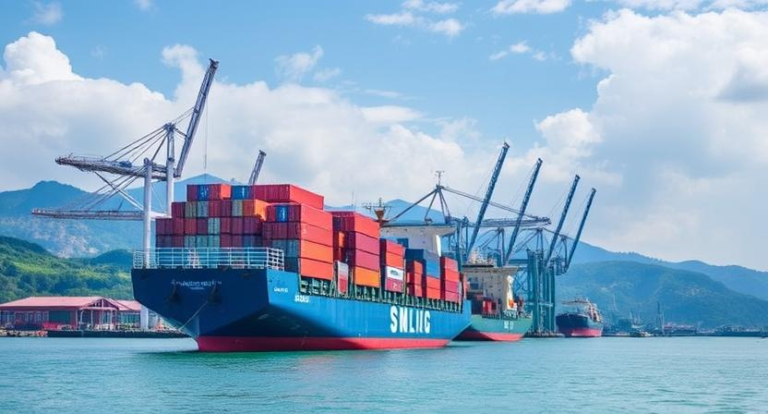Vietnam has become a crucial hub for global trade, with its strategic location and rapidly expanding logistics industry. Freight forwarding plays a vital role in ensuring smooth transportation of goods across borders, connecting manufacturers, suppliers, and buyers efficiently. Asia agents are key players in facilitating seamless freight forwarding operations, helping businesses navigate the complexities of international trade.
Key Trends in Freight Forwarding in Vietnam
The freight forwarding sector in Vietnam is evolving rapidly. Some of the major trends shaping the industry include:Digital Transformation & Automation
- Implementation of AI, blockchain, and IoT for real-time tracking and improved transparency.
- Adoption of cloud-based freight management systems for better efficiency.
- Use of automated customs clearance processes to reduce delays.
Sustainability & Green Logistics
- Increased use of eco-friendly transportation modes, such as electric trucks and biofuel-powered ships.
- Implementation of carbon footprint reduction strategies in supply chain management.
- Partnerships with Asia agents to promote green logistics initiatives.
E-commerce & Cross-Border Trade Growth
- Rising demand for fast and efficient freight forwarding services due to e-commerce expansion.
- Development of fulfillment centers to handle cross-border shipments efficiently.
- Strengthening of last-mile delivery networks to enhance customer satisfaction.
Infrastructure Expansion & Investment
- Significant investments in ports, airports, and logistics hubs to support increased trade volumes.
- Development of multimodal transportation solutions combining air, sea, and land freight.
- Government initiatives to streamline freight regulations and improve logistics efficiency.
Best Practices for Effective Freight Forwarding in Vietnam
To stay competitive in Vietnam’s freight forwarding industry, businesses should adopt the following best practices:Optimizing Supply Chain Efficiency
- Leveraging Asia agents to facilitate smoother customs clearance and trade negotiations.
- Implementing data-driven demand forecasting to prevent overstocking or stockouts.
- Collaborating with reliable logistics providers to enhance transportation reliability.
Enhancing Risk Management Strategies
- Developing contingency plans for potential disruptions such as supply chain delays and trade restrictions.
- Utilizing insurance and financial instruments to mitigate risks in international shipping.
- Conducting regular audits to ensure compliance with global trade regulations.
Leveraging Technology for Logistics Optimization
- Using AI-driven analytics to optimize freight routes and reduce costs.
- Adopting real-time tracking solutions for better shipment visibility.
- Integrating digital documentation processes to enhance operational efficiency.
Focusing on Customer-Centric Services
- Offering customized freight solutions tailored to client needs.
- Providing transparent communication and real-time shipment updates.
- Ensuring prompt and reliable last-mile delivery services.

